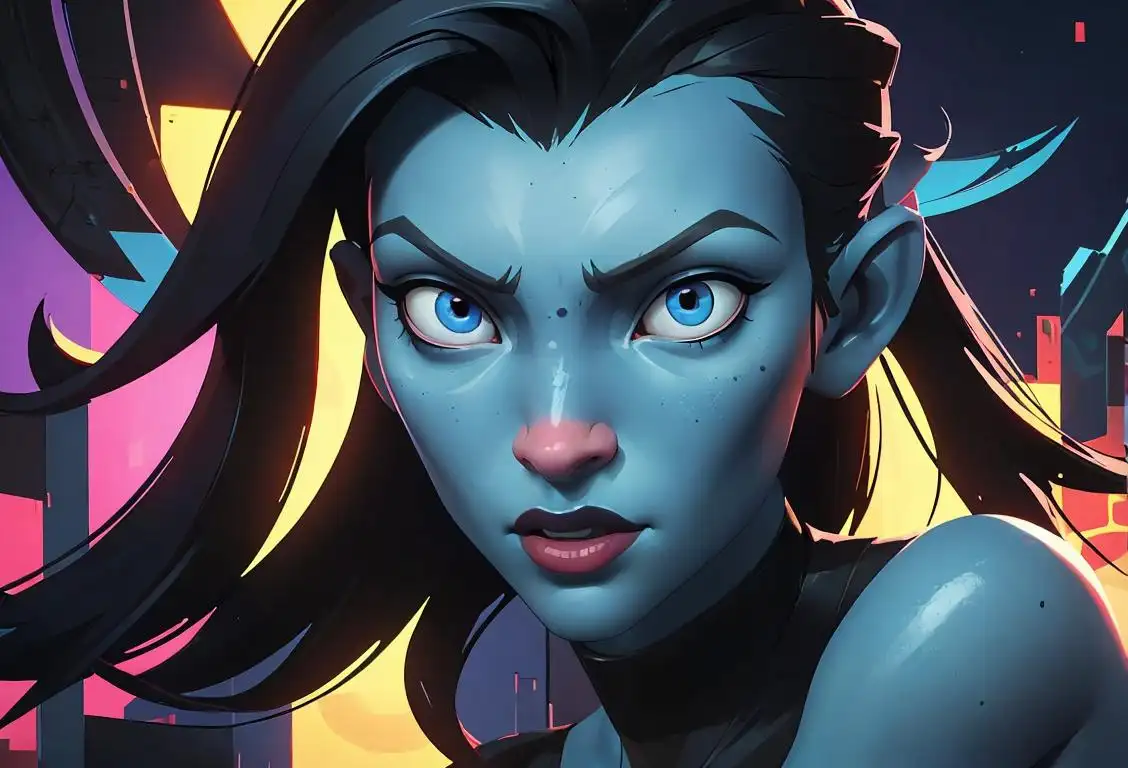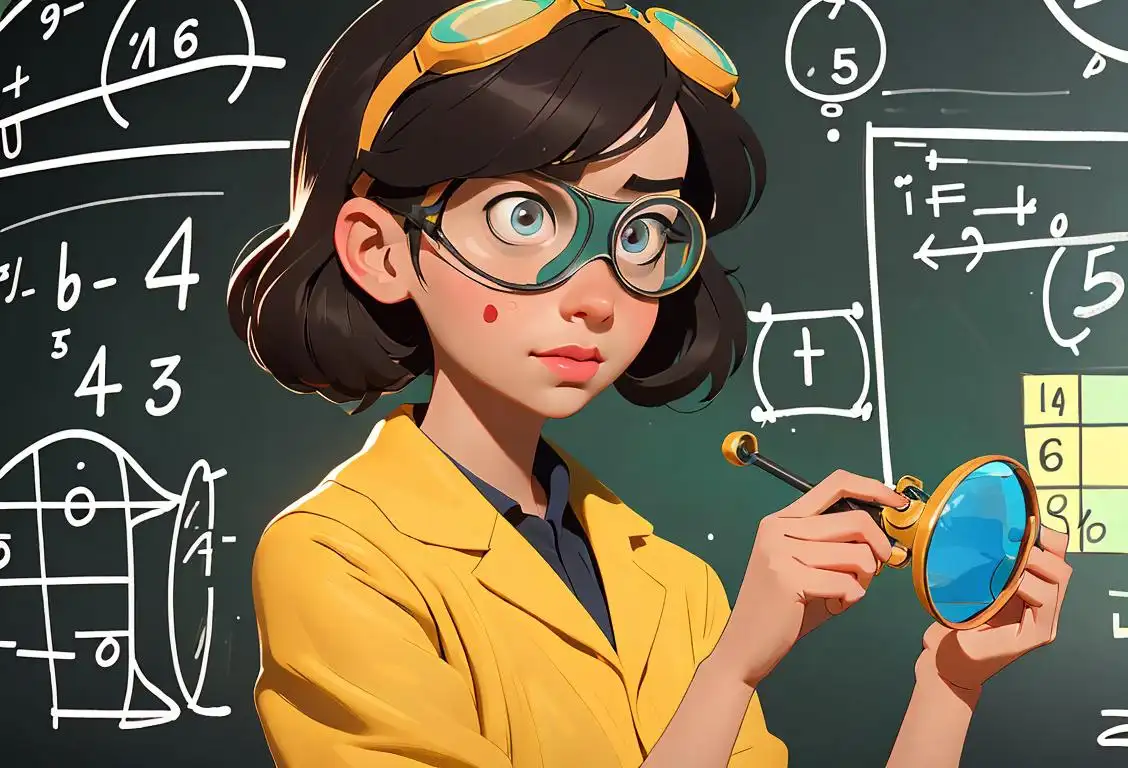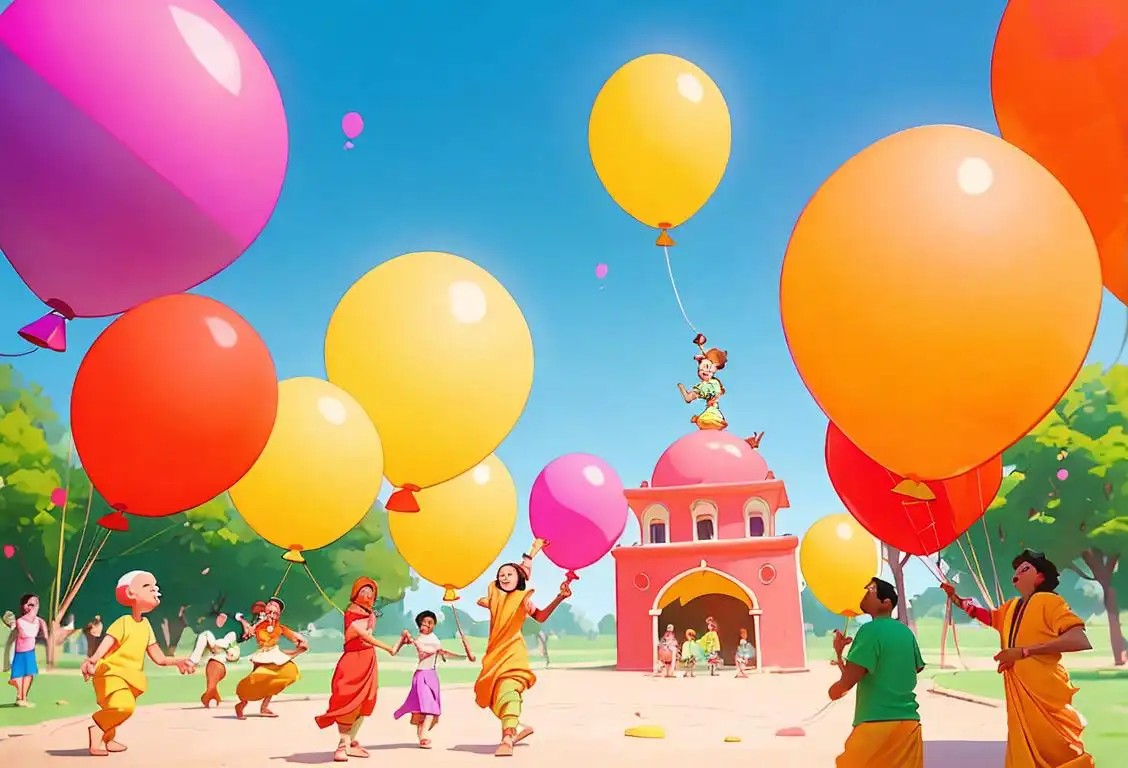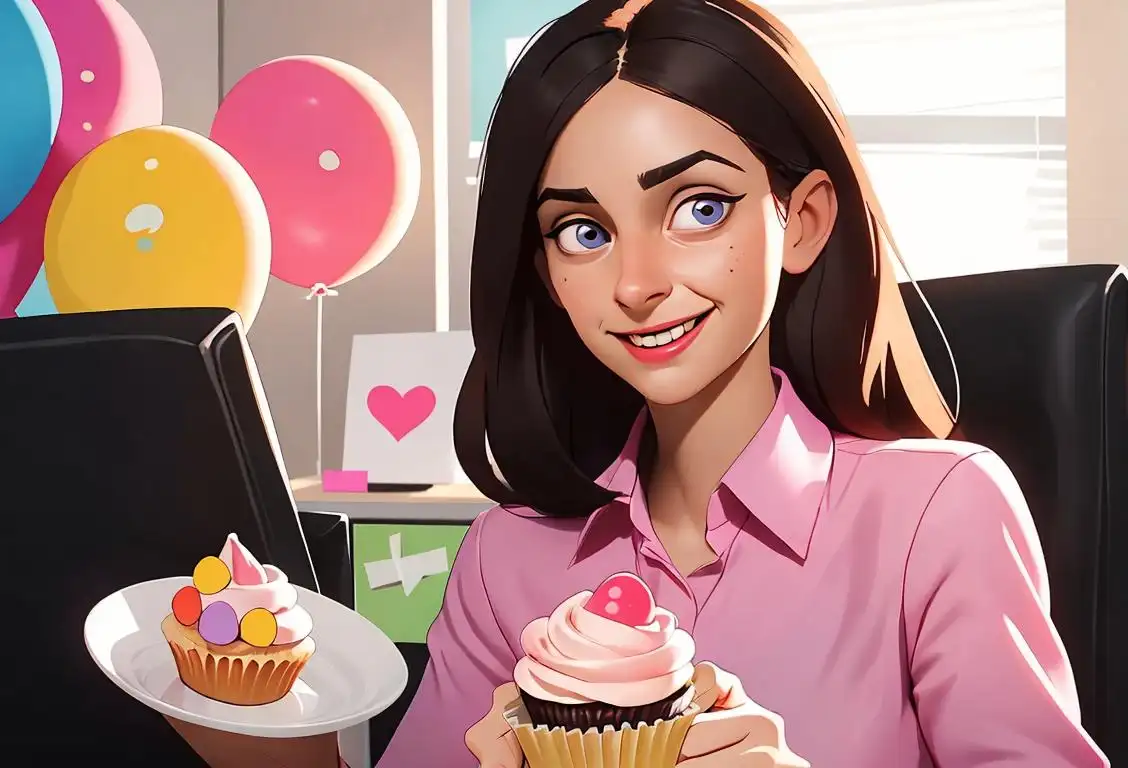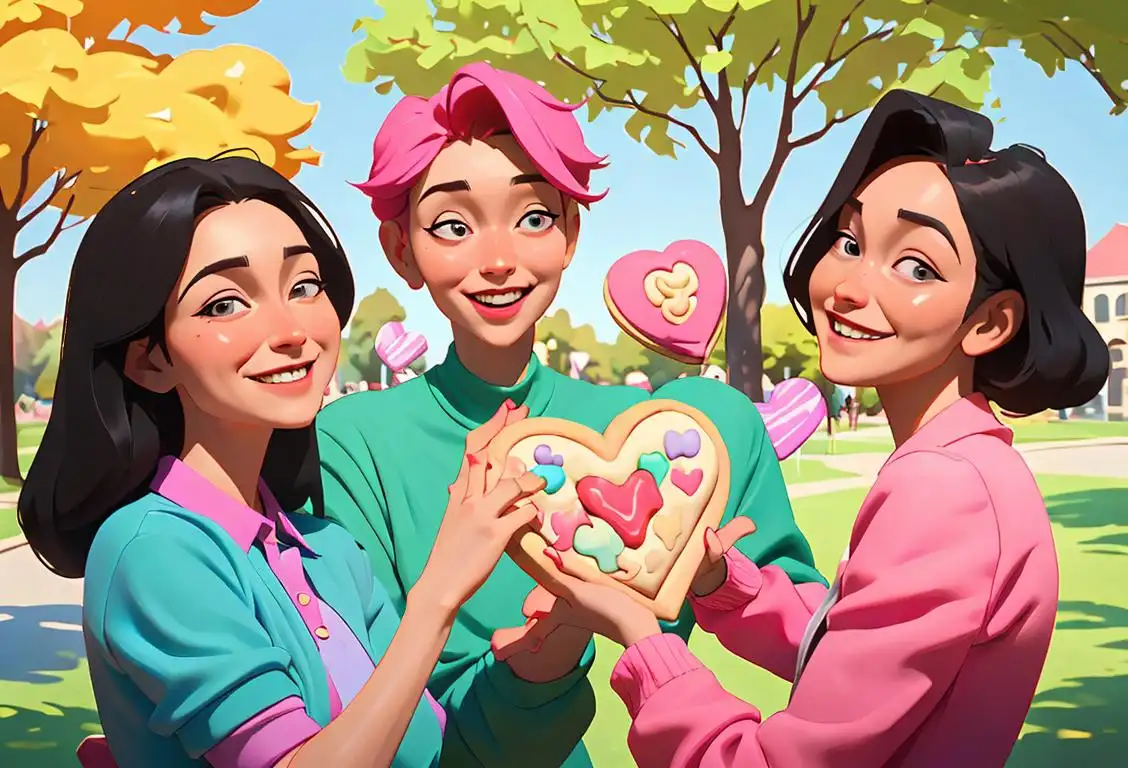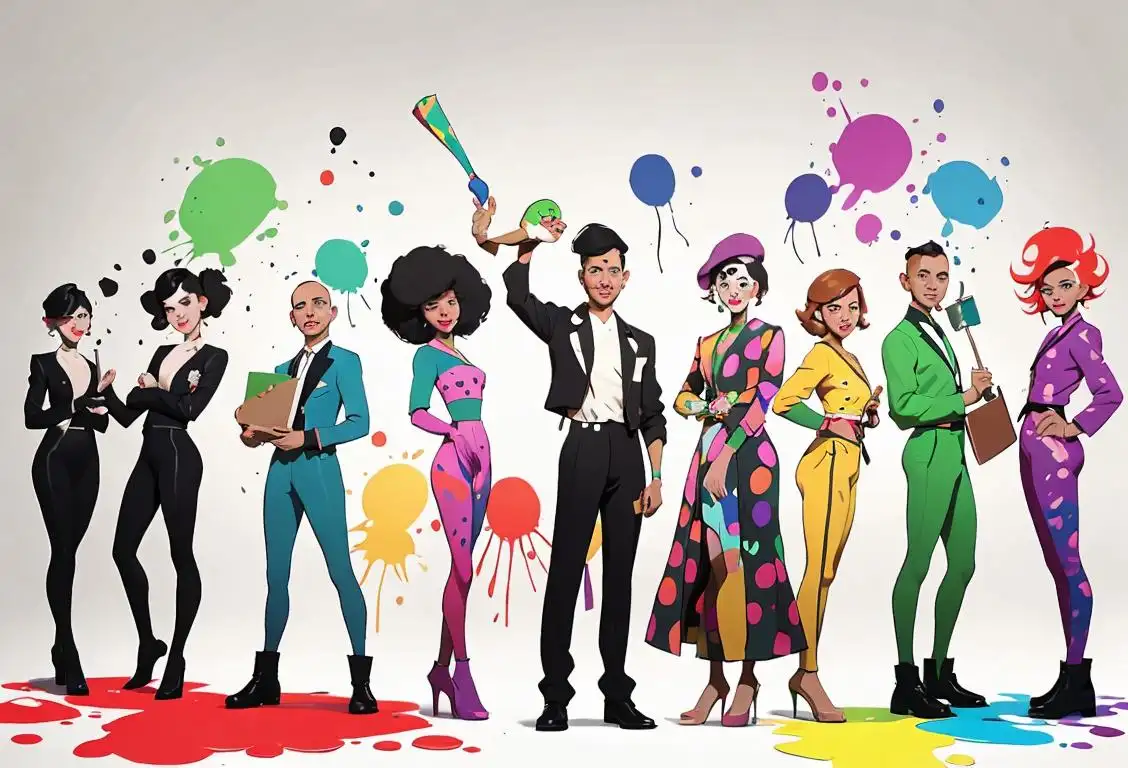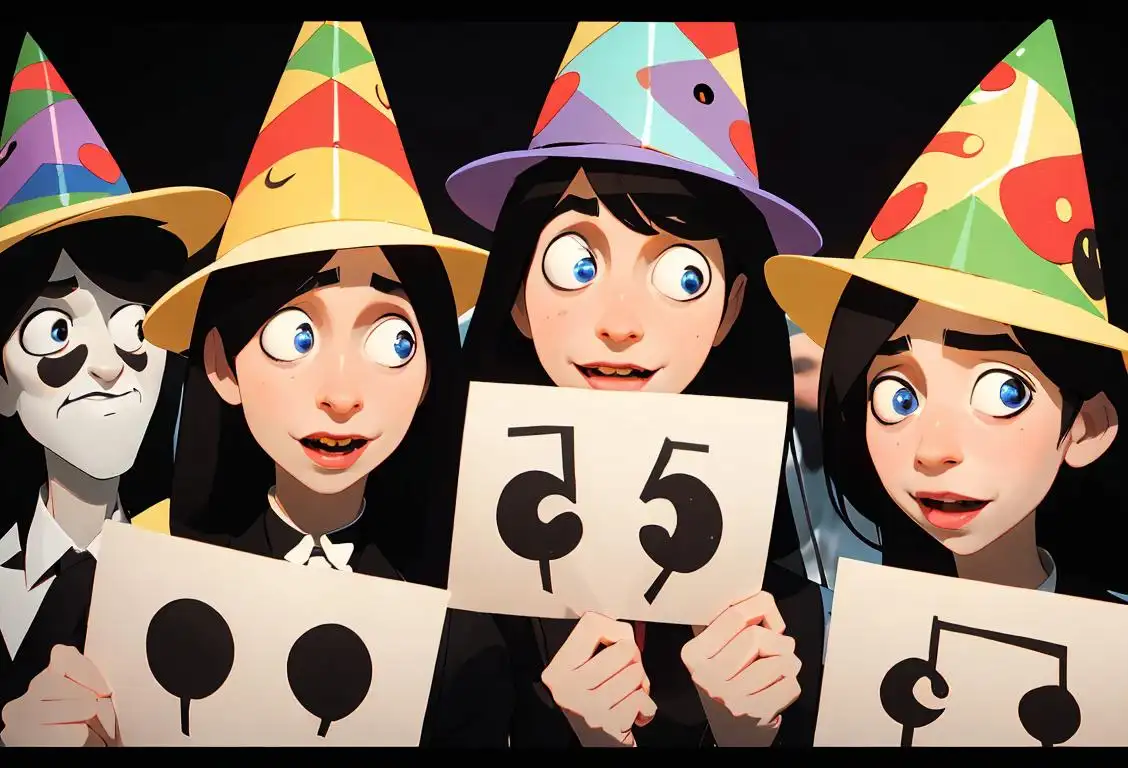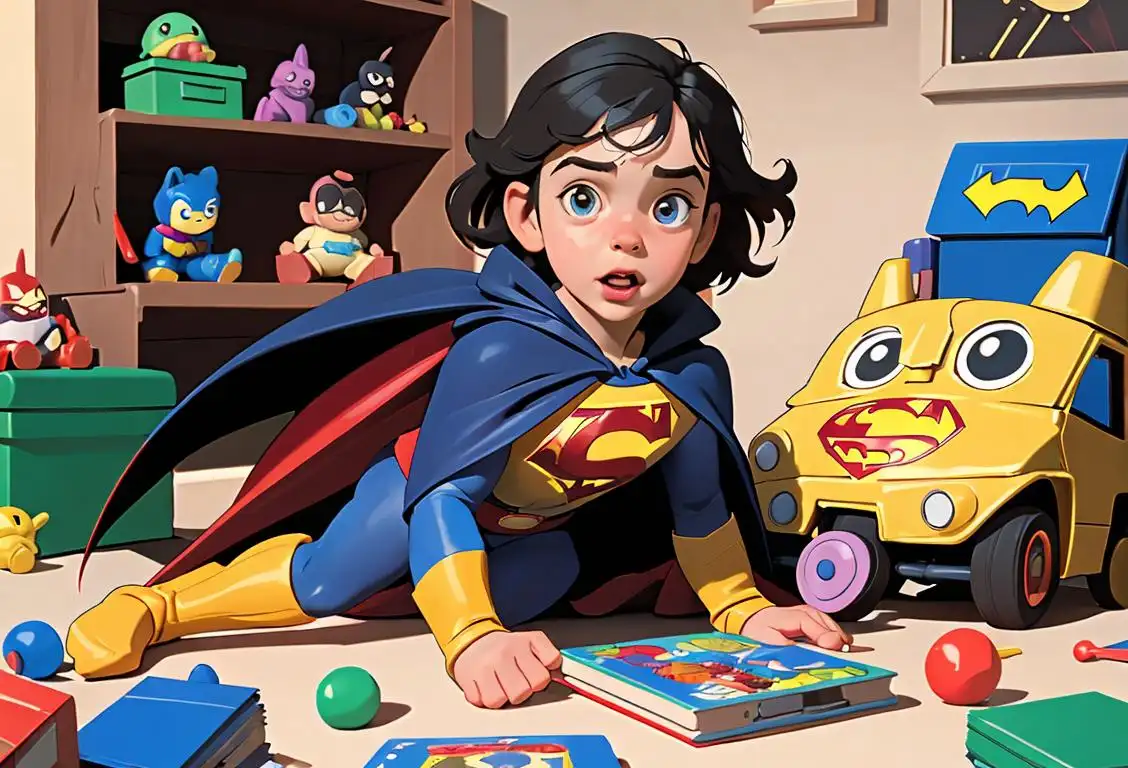National Gif Day
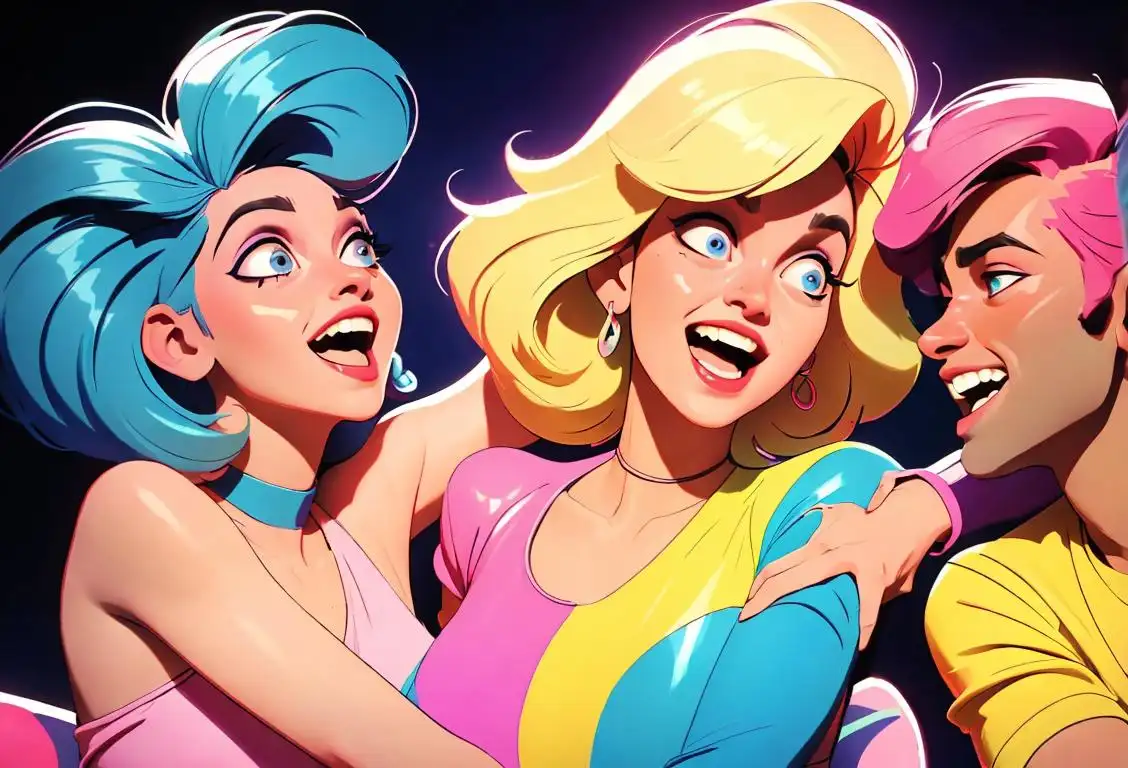
Are you ready for a looping journey through time? It's National GIF Day, the day where we honor and chuckle over our favorite mini animations! From a cat playing the piano to celebrities bursting into laughter, a good GIF is always ready to put a smile on your face. Let's explore why September 5th is a special day for this unique piece of digital joy!
When is Gif Day?
It's national gif day on the 5th September.
The Birth of the GIF
As we dive into the pixelated pool of GIF history, we find ourselves back in 1987 when the Graphics Interchange Format (or GIF) was born. Developed by a team led by Steve Wilhite at CompuServe, the premise was simple: to create a versatile, color-rich format that could be used across different computer platforms.
What Happened on September 5th?
Fast forward to 2017, we noticed a significant spike in Internet mentions of National GIF Day on - you guessed it - September 5th. While the origins of this unofficial holiday remain a vibrant, pulsating mystery (kind of like a GIF on loop), the love for the GIF is clear. The animated images are celebrated for their ability to add some spice to our conversations, reactions, or humor.
Celebrating National GIF Day
So how can you celebrate National GIF Day? It's simple enough! Share your favorite GIFs with your friends, loved ones, and co-workers, or even create your own. There's a whole world of software and apps out there that can help turn your wildest dreams into looping hilarity.
Why Do We Love GIFs So Much?
GIFs literally add a whole new dimension to our Internet interactions - movement. They offer a quick laugh, a means of expression, a reaction, or even a memory frozen in time. Given their humble beginning, it's exciting to see how GIFs have evolved and embedded themselves in our everyday communications.
History behind the term 'Gif'
1987
Birth of the GIF
In 1987, the Graphics Interchange Format, better known as GIF, was introduced by a team at CompuServe. The goal was to create a compact file format that could be used for images. The GIF format allowed for more efficient compression compared to other formats at the time, making it suitable for use on the internet. GIF quickly gained popularity due to its support for animations.
1995
Early online GIF culture
During the mid-1990s, GIFs became a prominent part of early online culture. Their compact file size and ability to loop animations made them perfect for creating simple and quirky animations. Websites and online communities started using GIFs to express emotions, showcase art, and create humorous content. This period marked the rise of the GIF as a popular form of visual communication.
2004
GIFs in Pop Culture: Dancing Baby
In 1996, an animated GIF of a dancing baby became a cultural phenomenon. Originally created as a test animation by a software developer, the GIF spread rapidly across the internet. The dancing baby GIF appeared in various TV shows, commercials, and movies, elevating the popularity of GIFs and demonstrating their impact on pop culture.
2012
The Rise of GIF-sharing Platforms
With the growth of social media and online communities, dedicated GIF-sharing platforms like Giphy and Imgur emerged in the early 2010s. These platforms allowed users to easily search, discover, and share GIFs across different platforms. GIFs became a language of their own, with users expressing emotions, reactions, and ideas through the vast library of animated images.
2017
GIFs as a Cultural Phenomenon
By 2017, GIFs had become deeply ingrained in popular culture. They were used extensively on social media platforms, messaging apps, and in online conversations. GIFs added a new layer of expression and humor to digital interactions, creating a visual shorthand for conveying emotions and reactions. The Oxford English Dictionary even named "GIF" as the Word of the Year in 2012, solidifying its cultural significance.
Did you know?
Did you know the creator of the GIF, Steve Wilhite, insists it's pronounced 'jif' just like the peanut butter? This sparked an ongoing internet-wide debate! Can you believe it?Tagged
awareness fun humor digital communication technologyFirst identified
14th March 2016Most mentioned on
5th September 2017Total mentions
67Other days
Gif Day
Avatar Awareness Day
Stem Day
Jumla Day
Surprise Drug Test Day
Kindness Day
Unemployed Day
Manufacturing Day
Punctuation Day
Battery Day
